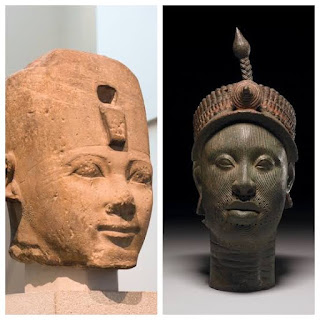Brief history of IJESHA and IJEBU-JESA: the origin

Brief history of IJESHA and IJEBU-JESA: the origin Ijebu Jesa which hitherto before now was known and called Ijebu Egboro is the ancient historic town in the east of Osun State, Nigeria and it occupies a strategic position in Ijesaland. In Ijesa division, it is the next most important town politically and in terms of history to Ilesa. Her Oba is the next to the Owa Obokun of Ijesaland. The town is situated eight kilometers north of Ilesa and about 128 kilometers east of Ibadan. It lies approximately on latitude 7.45 degrees north within the rain forest belt and so offers opportunity for farming on a large scale. The people are the core of Ijesas and are noted for their dogged industry. Ijebu jesa was founded by Oba Agigiri Egboroganlada (first Onijebu Egboro) – a son of Oodua Olofin Aiye who was also an elder brother of Owa Obokun Ajibogun. Agigiri means “the battle or war waves hot (A de k’ogun gbona girigiri)”. Ajibogun is interpreted as one who meets war (Ade ba ogun). Both Agigiri ...


